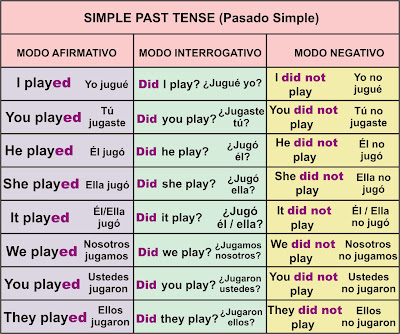TOPICS
CAN - CAN NOT
Can is a modal verb. Can is used to express ability or to say that something is possible. Can is the same for all subjects. We don't add an 'S' in the third person (like other verbs)
The verb that comes after Can is in the infinitive without to:
- I can speak Spanish. (= it is possible for me to speak Spanish = I have the ability to speak Spanish)
- He can swim well.
- We can see my neighbour in the garden.
- They can play the guitar.
Negative
To form the negative we add "not" after can to form one word: cannot.We can also contract the negative to form can't. (can't = cannot)
- I cannot play the piano. We can't go to the cinema tonight.
- She cannot speak French very well. He can't drive a car.
QuestionsTo from the question we change the position of the subject and the auxiliary verb.
The main verb is still in the infinitive without to.
- Where can I buy an ice-cream?
- Can I go to the party, please?
- Can you speak Japanese?
- What can we do on Saturday?
Remember that you can use short answers:
- Can I sit here please? Yes, you can.
- Can you speak Chinese? No, I can't
CLICK HERE to practice
—————
COULD - COULD NOT
We use could to talk about what was possible in the past, what we were able or free to do:
- I could swim when I was 5 years old.
- My grandmother could speak seven languages.
- When we arrived home, we could not open the door. (...couldn't open the door.)
- Could you understand what he was saying.
We use could (positive) and couldn't (negative) for general ability in the past.
CLICK HERE to practice!
—————
SIMPLE PAST
El Pasado Simple es un tiempo verbal que se utiliza para describir acciones que han sucedido en un tiempo anterior y que ya han finalizado, por ejemplo:
- She cleaned her house. Ella limpió su casa.
- I broke the window. Yo rompí la ventana.
Aquí vemos su conjugación que en el español equivale al Pretérito Indefinido. Observa que la estructura de la oración es similar a la del Presente Simple:


—————
—————





